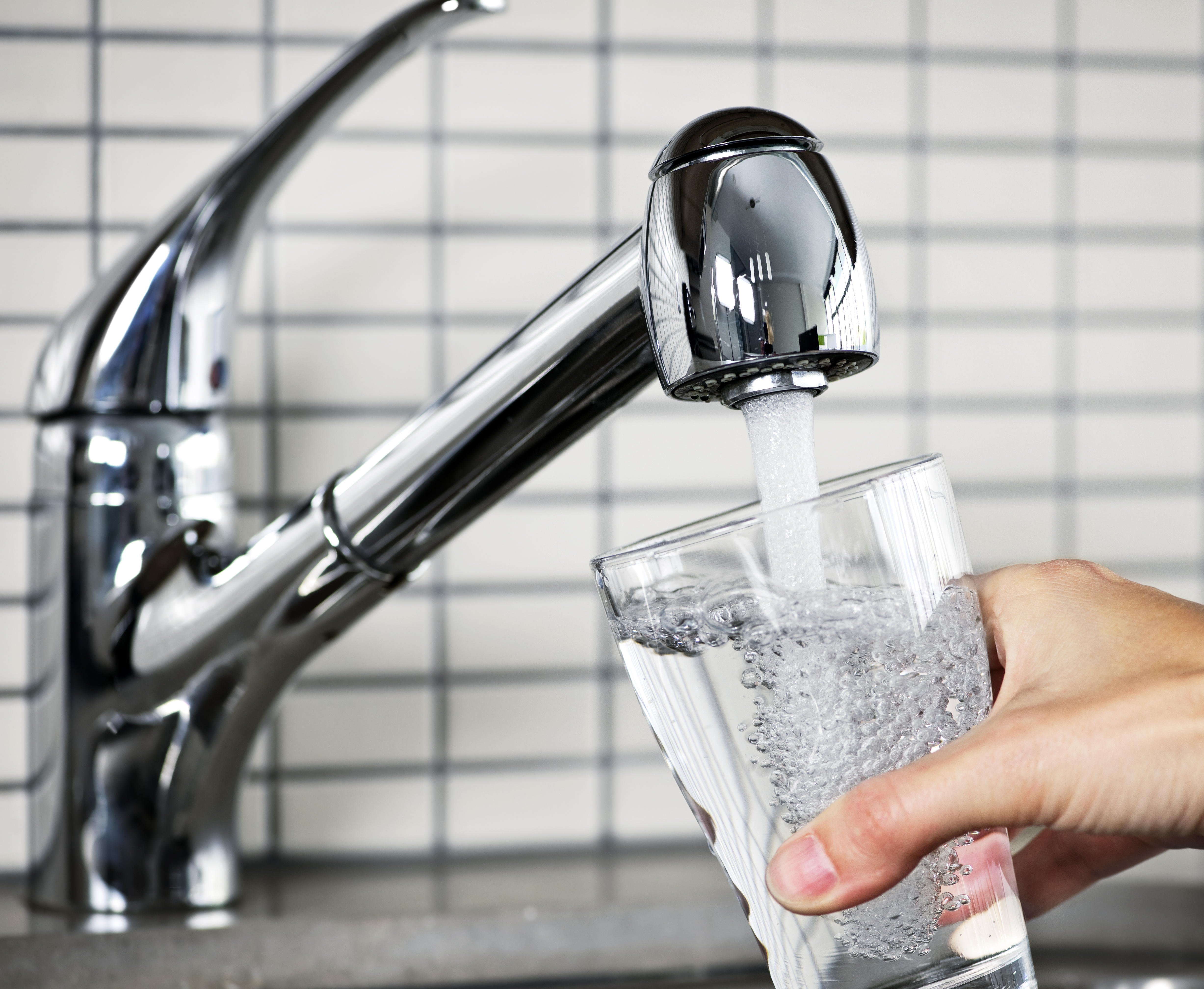We all need to drink plenty of water every day to stay hydrated and healthy but it can sometimes put you off from pouring a glass of water from your faucet when you don’t really know what you might be drinking along with your water.
There are contaminants that can find your way from the faucet to your stomach with each drink of water that you have, so it makes sense to find out exactly what you are drinking and how to take steps to make it safer.
Here is a look at what sort of contaminants might be in your water, how to test to see how safe it is and what action to take if you want to enjoy safe drinking water every time.
Would you like some lead with your water?
The fact that all municipal water supplies have to be tested for over 90 different contaminants including bacteria and lead amongst others, will tell you that your simple glass of water could potentially be anything but pure if it becomes contaminated.
Where you live and the age of your house are just some of the factors that can influence the quality of the water supply and the specific contaminants that you could be under threat from.
If you live in an old house and the water pipes that run underneath your property are made of lead these have the potential to corrode and cause small particles to enter the water supply.
Also, the taste of your water will often vary according to where you are getting your supply from, although you can expect your water to tested in accordance with the federal Safe Drinking Water Act to make sure it is safe.
Despite this assurance, it would be a good idea to have your tap water tested if you have any specific concerns about the safety of your drinking water.
Better safe than sorry
Having your water tested can give you an indication on what sort of risks you might be exposing your family to with normal drinking water straight from the faucet.
If the tests reveal that there is lead present in the water and it is above 15 parts per billion (ppb) that should be a cause for concern, and the results might also reveal the presence of parasites, bacteria and even arsenic amongst other things.
If the test results showed that there was a higher level of lead in your water than the maximum ppb it would be a good idea to arrange blood tests for your family. This is because extensive exposure can be particularly damaging to children and can even cause developmental problems.
You don’t want to take these sort of risks with every glass of water straight from your faucet.
If you want to make sure that your drinking water is of the highest quality every time, it would make sense to look at an option like The Berkey Filters so that you can enjoy purified water where bacteria, chlorine, fluoride and other contaminants have been filtered out.
Working together to protect your health
It is worth saying that the United States does, on the whole, enjoy an enviable reputation for being able to produce one of the most reliable and safest supplies of drinking water to its citizens in comparison to many other countries around the world.
Despite the fact that public water systems are heavily regulated, and standards are rigorously enforced, there are still isolated incidents of health scares. You should expect a certain level of contaminants in your local water supply that comes straight from the faucet, no matter how safe the levels are deemed to be.
Roughly ten percent of the population get their water from private wells. These are not regulated by the Safe Drinking Water Act so anyone getting their water from a well will need to take their own precautions to try and ensure their drinking water is safe to consume.
Safer alternatives
Filtered water is a good way of achieving consistency with your drinking water supply. You could also boil the water that you intend to drink which will be an effective way of killing Cryptosporidium, but that can be a lot of hassle.
Bottled water is another potential alternative, but that can get expensive to keep buying a regular supply.
The solution is to first find out what exactly is in your local drinking water and then look at a way of getting the purest water for your family drinking needs based on the results and how comfortable you are with the contaminants that might come out of the faucet and into your glass.
Walter J Mcdaniel has worked in importing Home and Garden product business for over 7 years. He has a B.S. in business from Georgetown University in Washington, D.C. He has worked in Asia and Europe before he established his own company.
